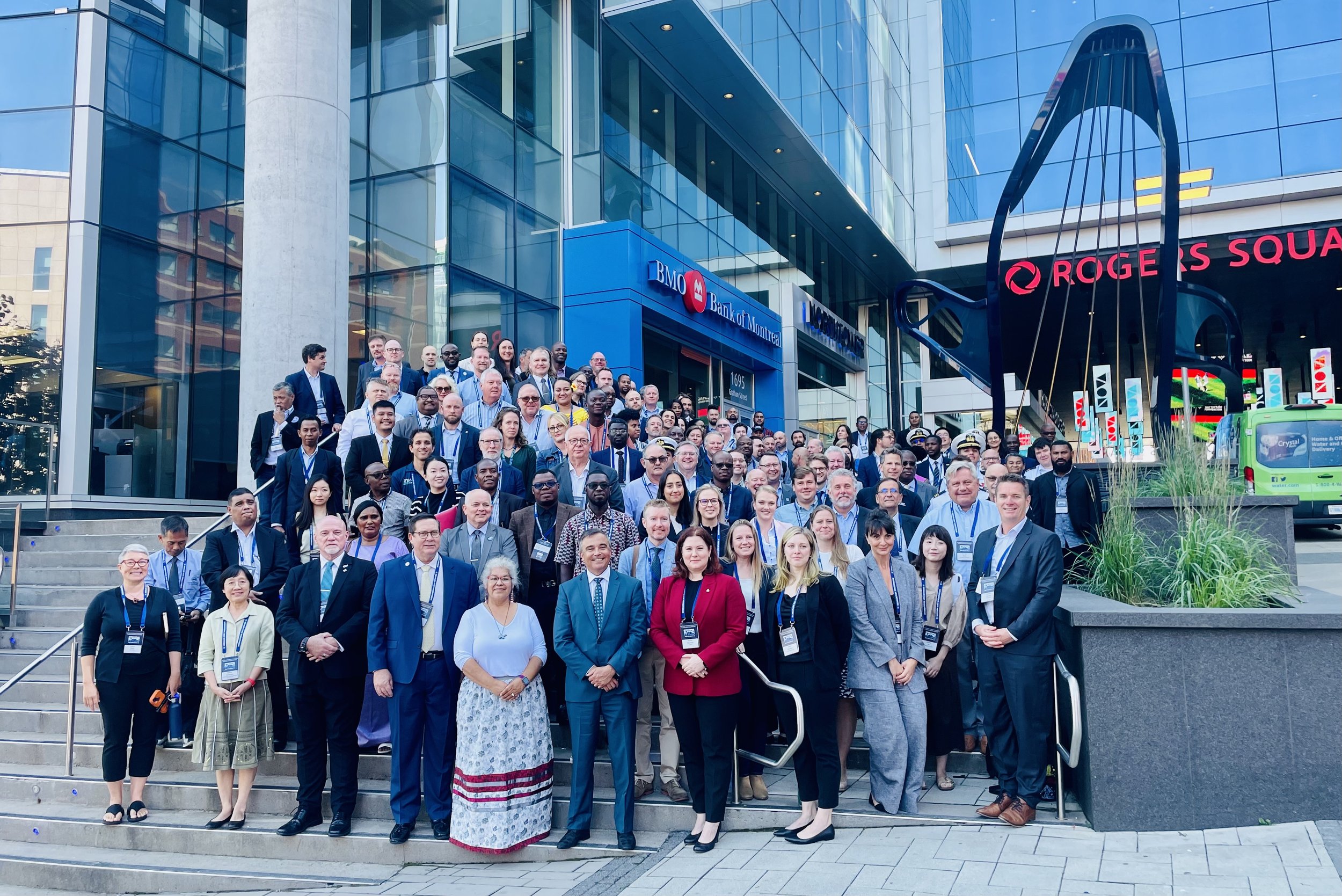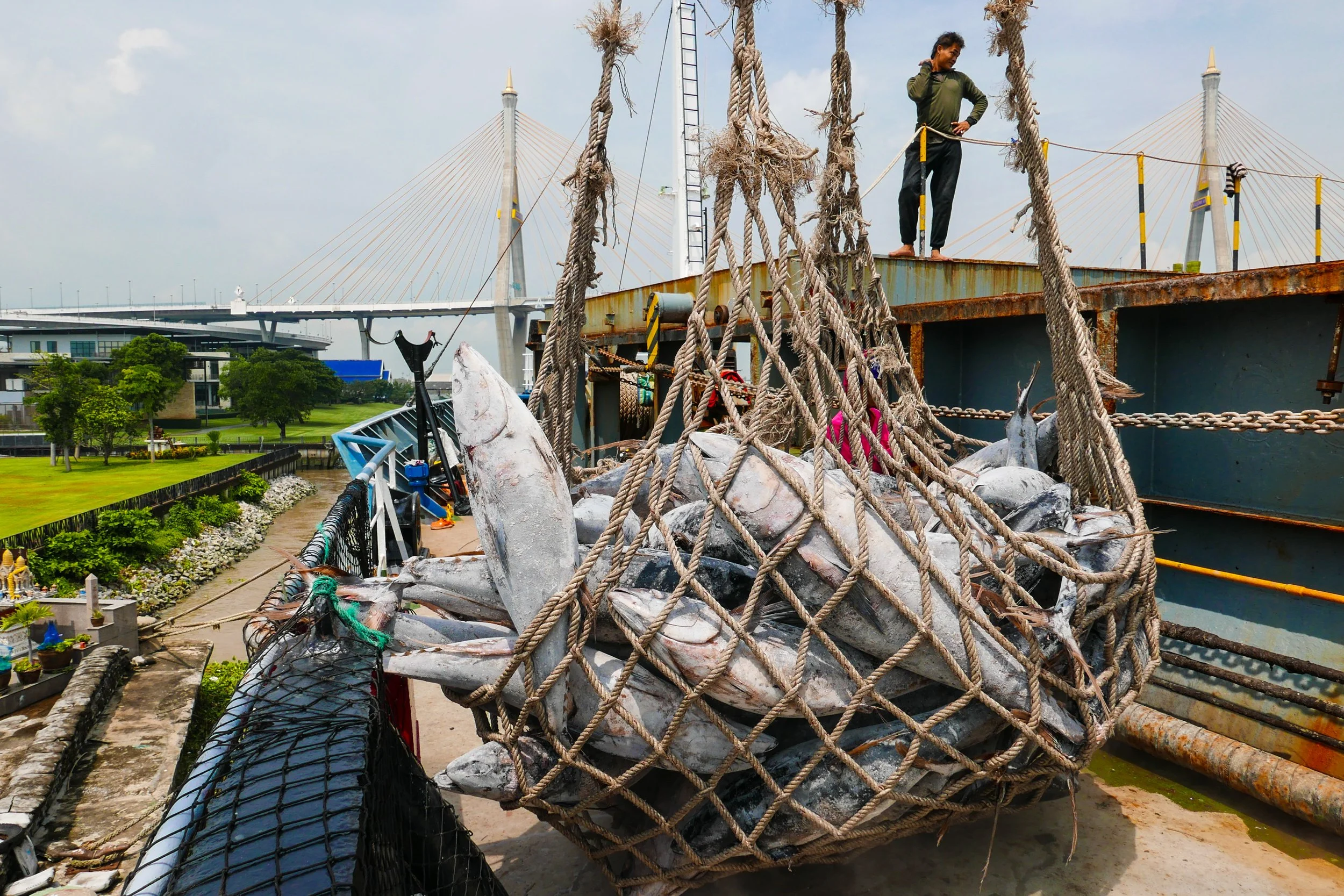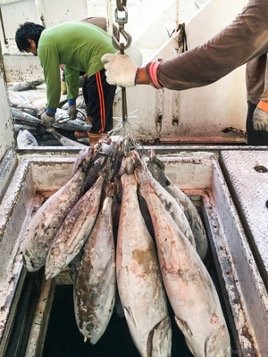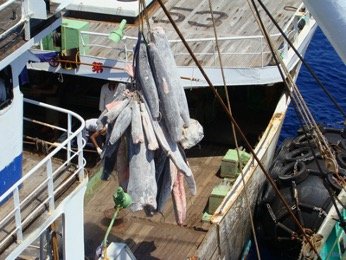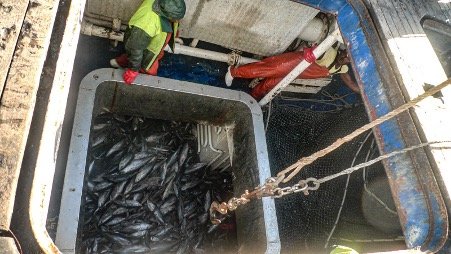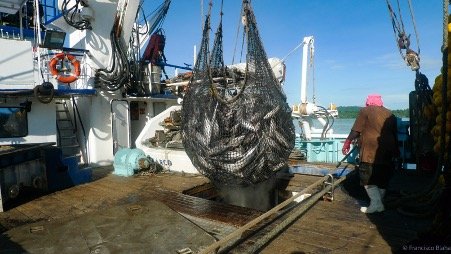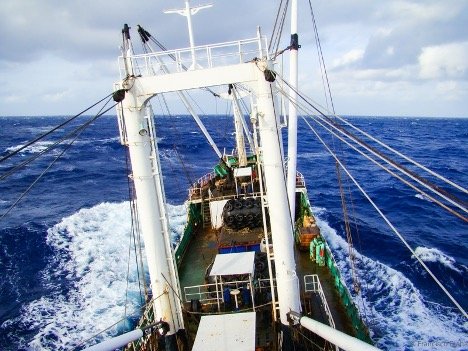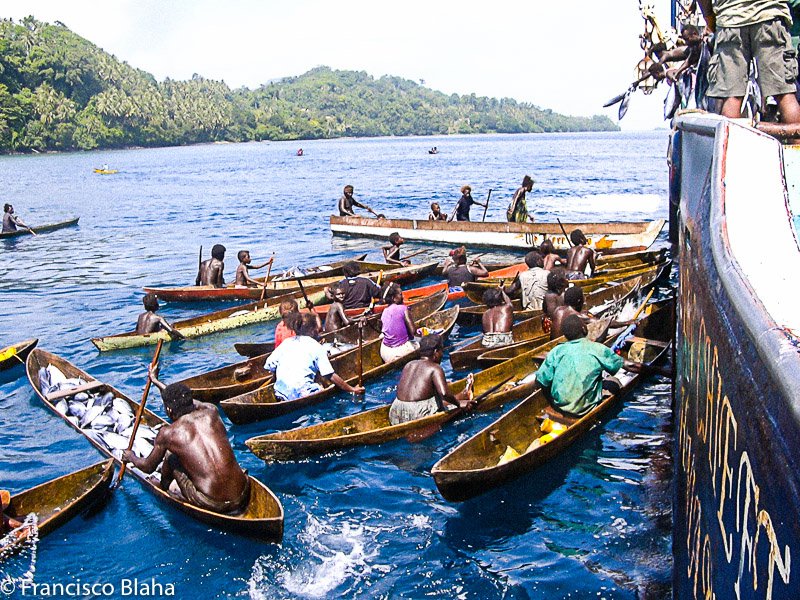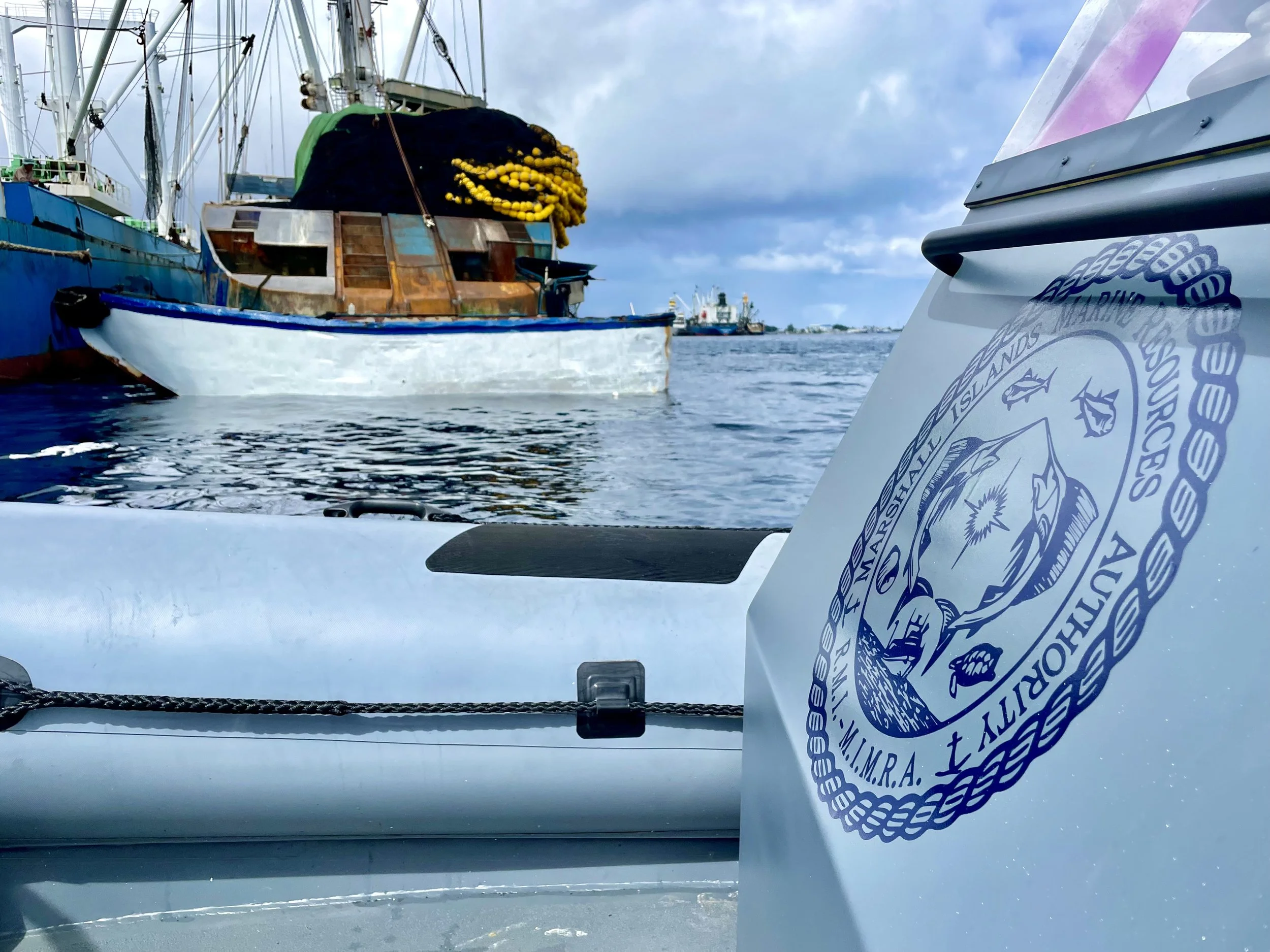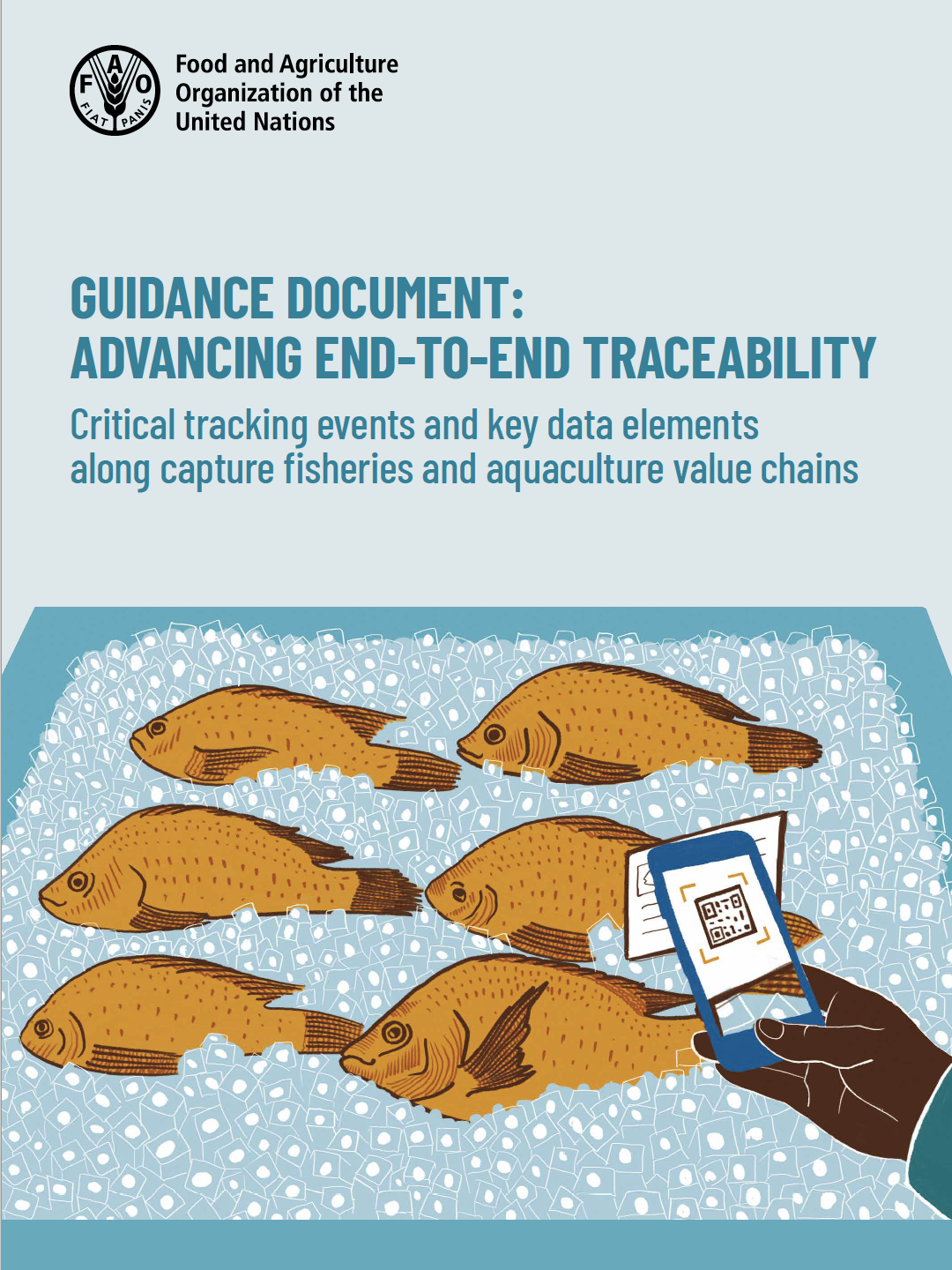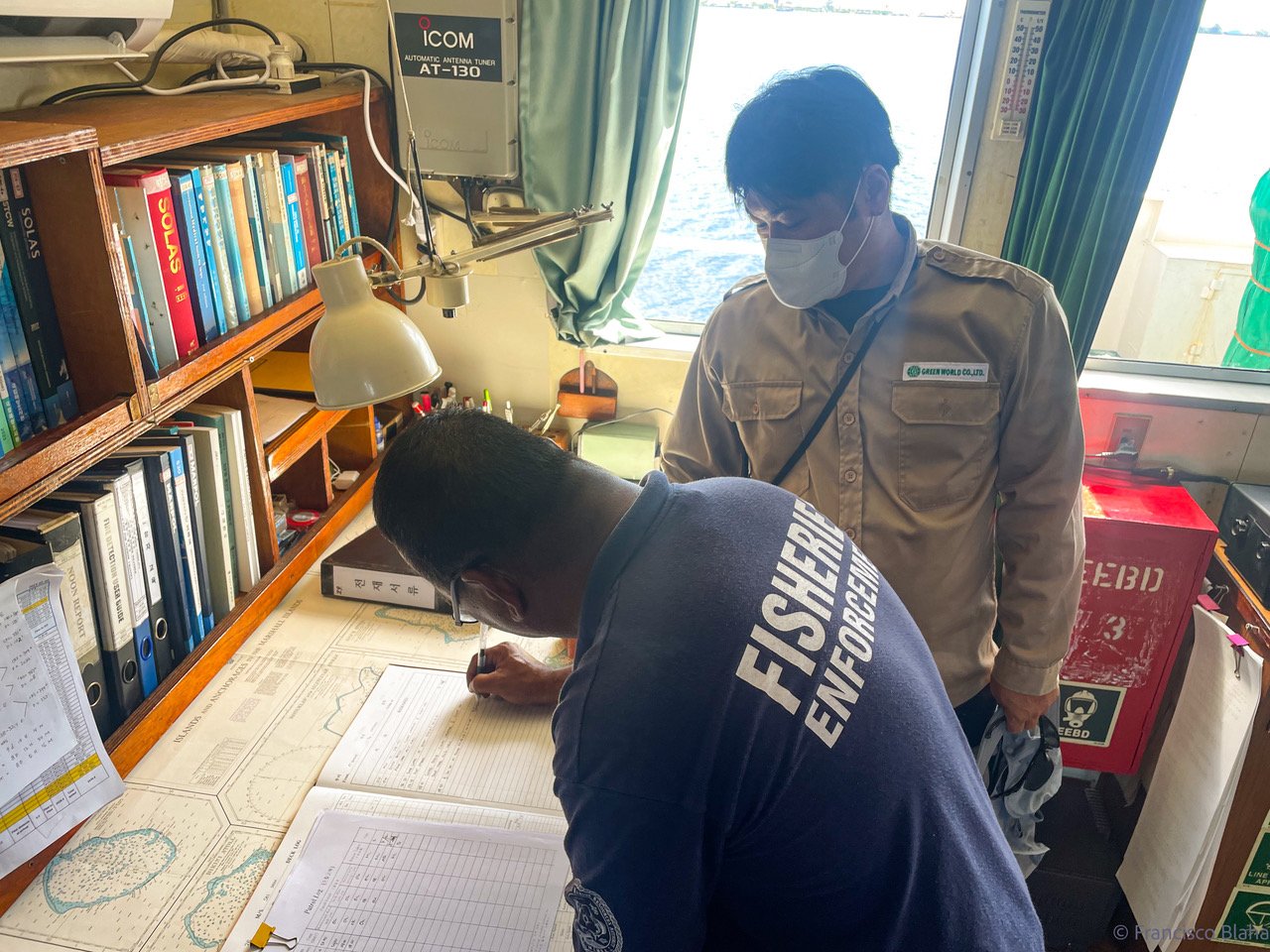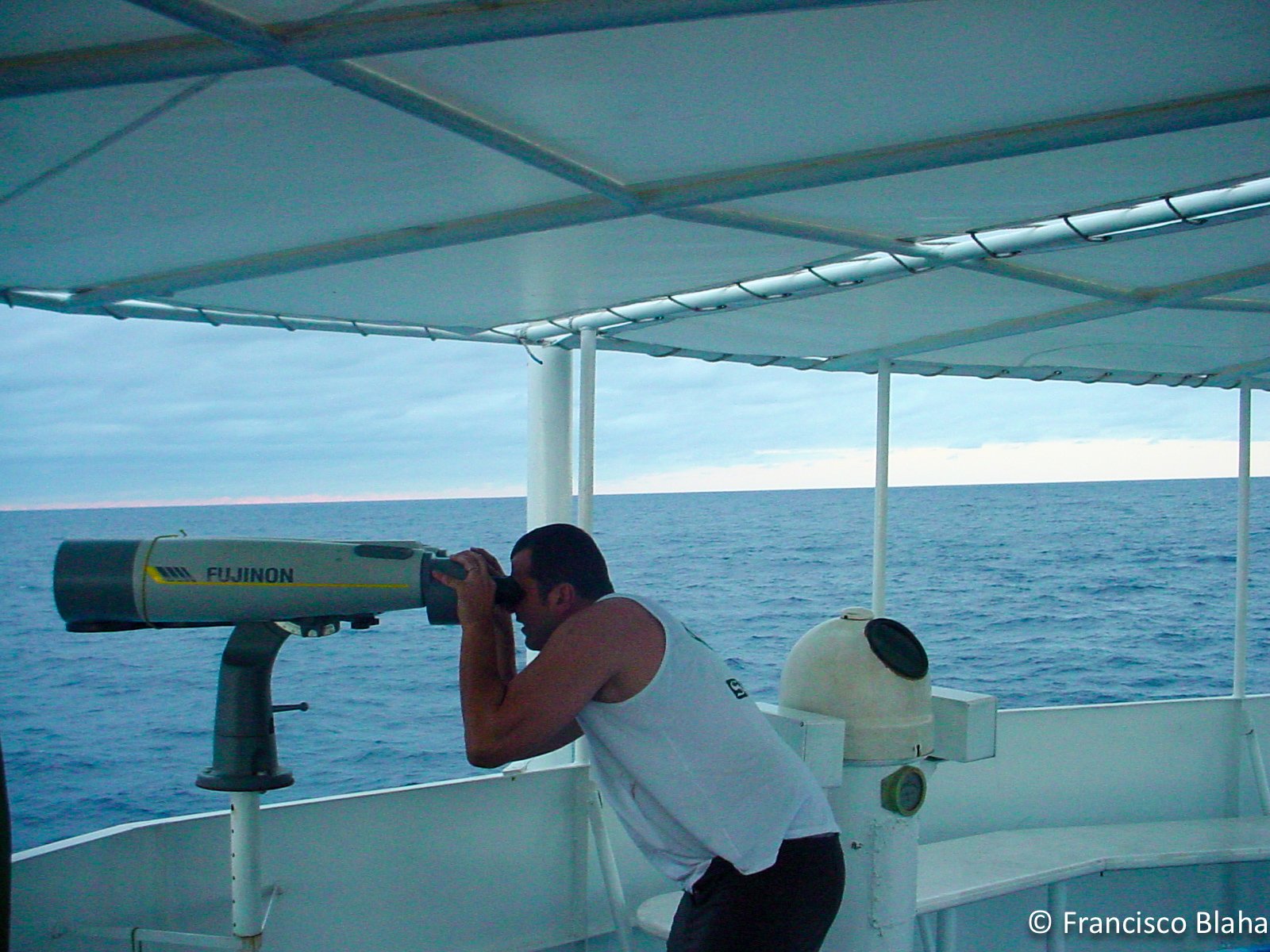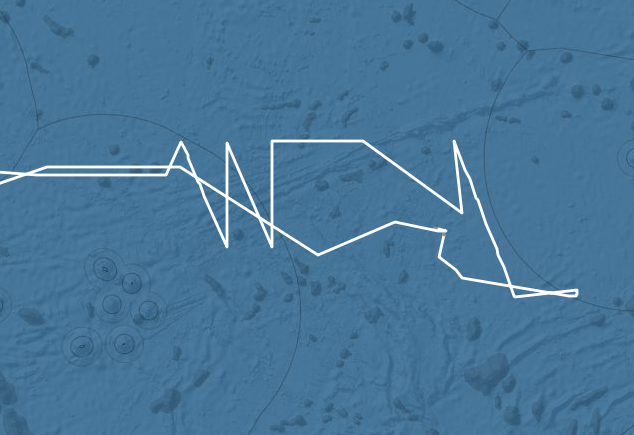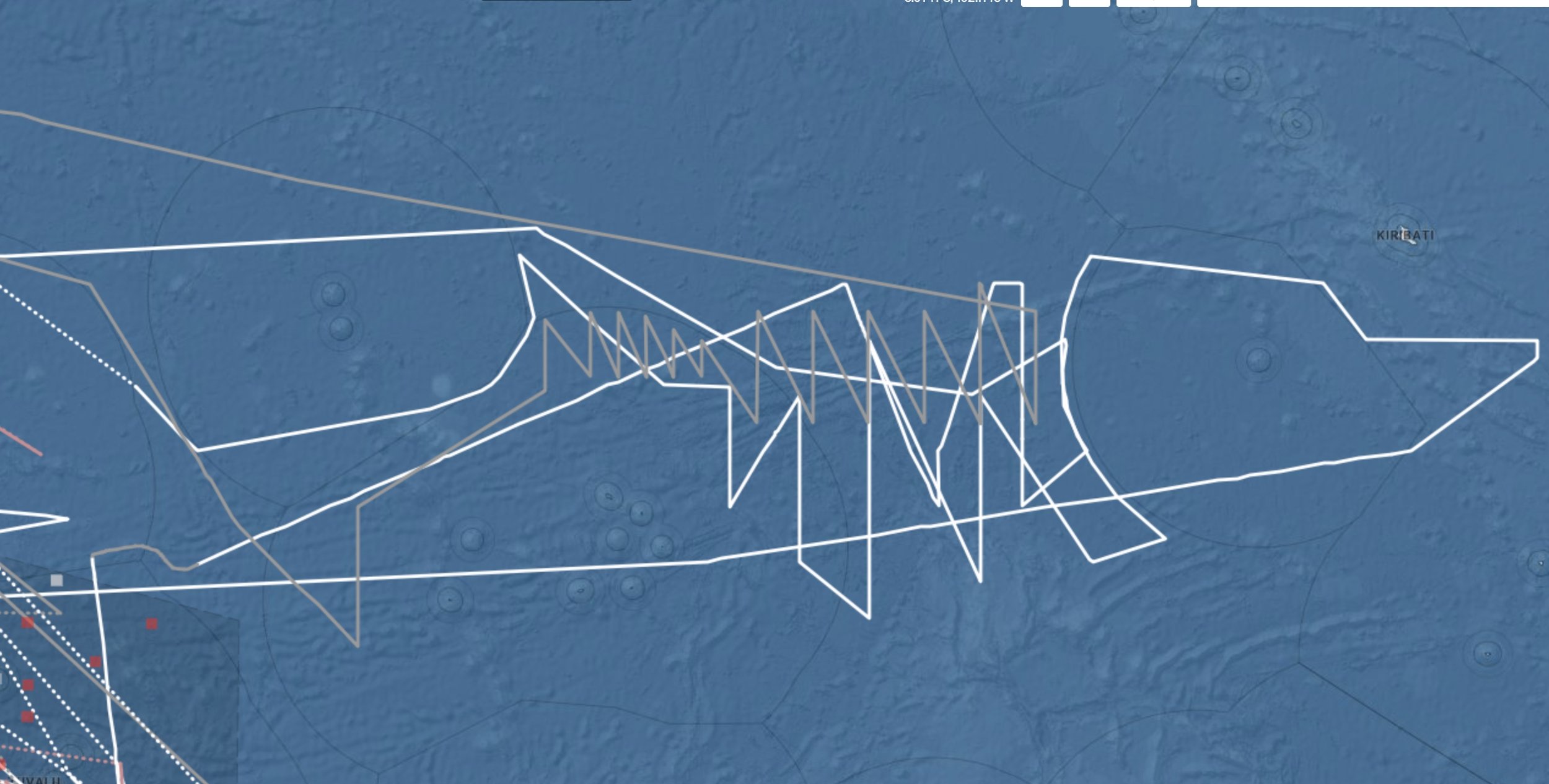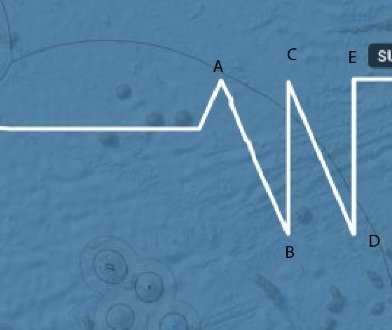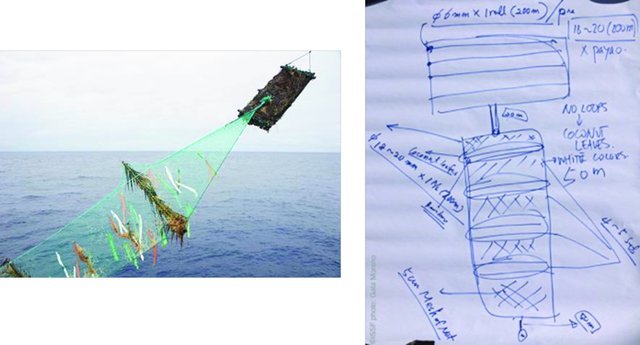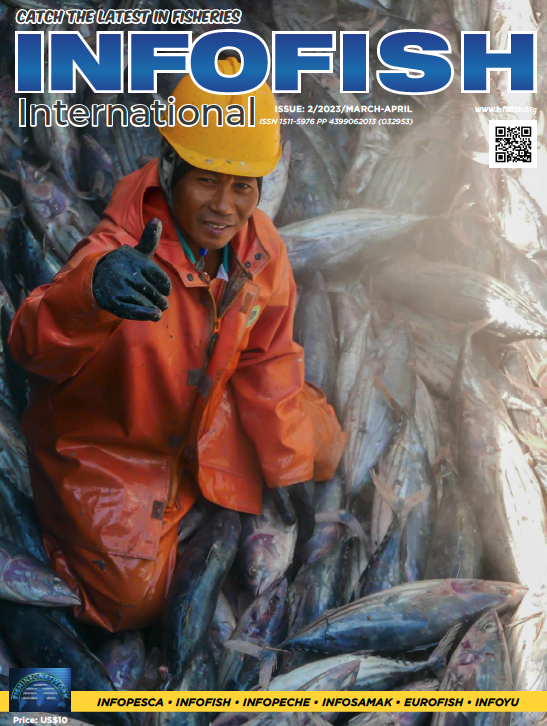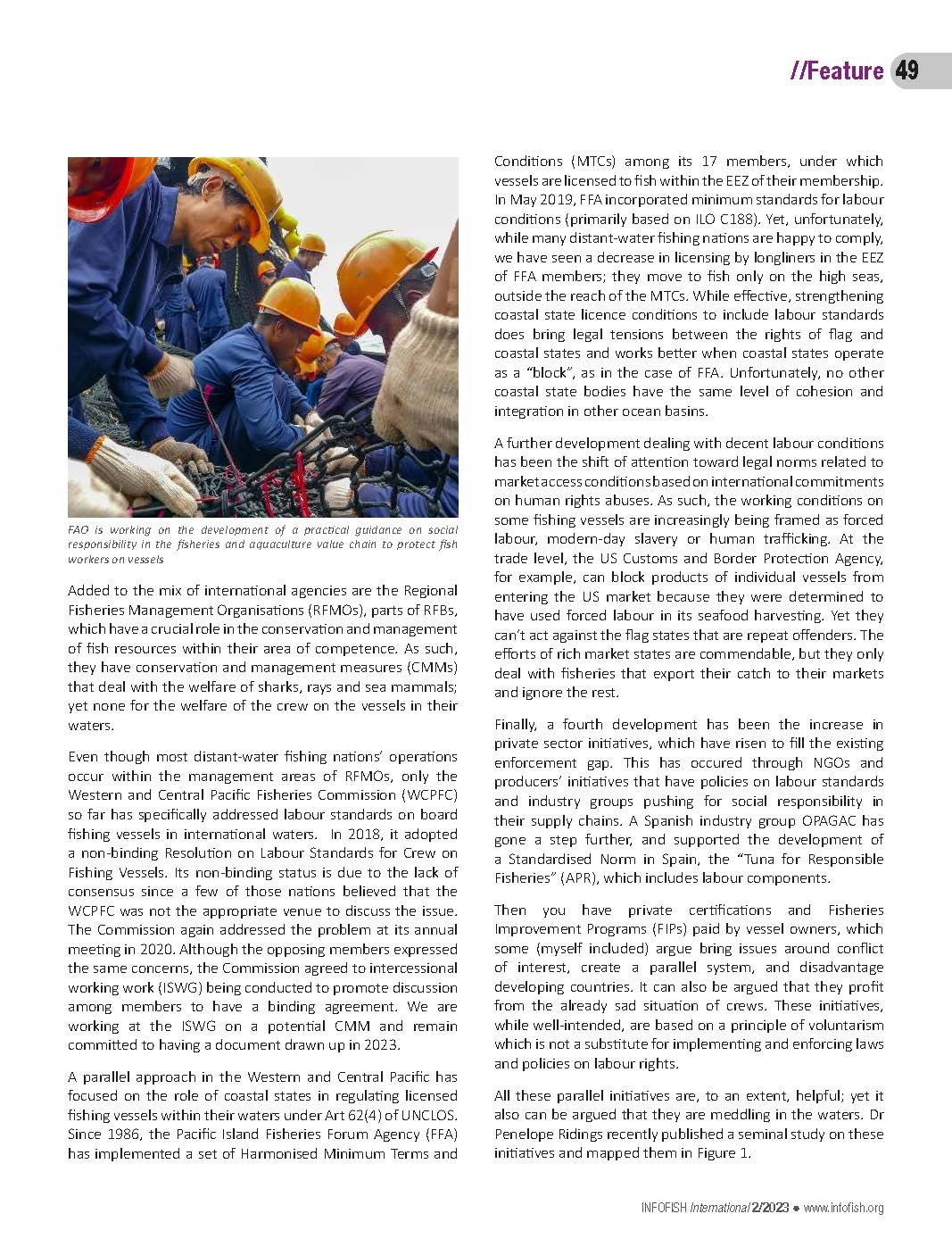A two-part process was followed in the development of this guidance document. The first part consisted of a desk study based on secondary sources, bibliographies and the analysis of initiatives by NGOs, governments, the private sector and independent experts, followed by an online public consultation that took place during March and April 2021. Comments and feedback were collected from a wide range of stakeholders from 42 countries.
The second part was the organisation of three virtual regional consultations in 2021 and 2022 (Asia, North Africa and the Near East, and Latin America [(FAO, 2022b)]) with the participation of more than 120 representatives from 34 countries and six international and regional fishery and aquaculture organisations. Delegates and participants deliberated on the CTE and KDE listings and provided additional comments to corroborate their relevance and comprehensiveness.
Read the whole thing if you are keen (we ought to do very accessible), and is free. Otherwise, below are the discussion and recommendations:
Discussion
The aim of this guidance document is to support countries by providing technical advice on the CTEs and KDEs required for robust traceability along the seafood value chain, and the identification of supporting verification mechanisms for official assurance. The guidance document also introduces leading private sector-led initiatives across the seafood value chain as the substrate over which electronic traceability-type solutions can work.
There are many intrinsic and extrinsic challenges in implementing successful and cost-effective traceability. These challenges have created some issues for the operators and the CAs in control of food safety, particularly when engaging in transnational trade.
The GDST initiative correctly identified the opportunities that new digital technologies present for making traceability more possible and affordable than ever, but effective and widespread traceability has faced two major obstacles:
Inconsistent demands and formats for information coming from regulators, private certifications, and even retailers or other downstream companies. This has led to confusion, higher compliance costs and lower motivation among producers.
Incompatible digital information management systems resulting from the large number of uncoordinated CTEs/KDEs, standards, traceability solutions and solution vendors. This impedes information flow while causing rigidity in business relations and raising barriers to onboarding new suppliers and customers.
By compiling and analysing the CTEs and KDEs from the regulatory realm and incorporating the applicable ones from the non-regulatory realm, this document hopes to facilitate the development of traceability systems that extend over the whole value chain.
The best-case scenario would be that many of the same CTEs and KDEs would be adopted globally for seafood supply chains. If this could be accomplished, many of the challenges relating to traceability – such as inconsistent data formats and interoperability challenges – would be reduced and the resources of companies and governments could be redirected toward verifying the information in the systems and other improvements.
Nevertheless, the authors are very aware that no “one size fits all” solution is possible, and that the views, CTEs and KDEs presented here constitute guidance only, and may not be applicable in their entirety for some products, or even for the same product in different jurisdictions.
Yet, two issues have been identified not only in this guidance document, but also in prior ones (Blaha, Borit and Thompson, 2015) and these remain a non-technical challenge:
Different authorities
Even if traceability systems are well designed and generally well implemented, they can fail with a lack of implementation at a single step. Therefore, it is vital to ensure coordination between the different operators in the production chain and in the control of traceability systems by the CAs involved.
For example, the understanding that IUU happens “at sea” is the one CTE where most of the relevant fishing data (KDEs) are recorded. Besides this being the easiest point to perform this activity, it is possible that this situation is due to the traditional view that MCS (including traceability as a tool for MCS) is something that only happens at the vessel and wharf level, and does not concern processing and the risks of laundering illegal fish. While at the same time the sanitary CA (which requires many of the same KDEs) does not extend its oversight to the vessels and wharfs, nor integrates and cross- checks acquired data with the fisheries authorities.
National (in country) and across-countries traceability
A further topic of importance is the integration of cross-countries (between countries) and national (inside the country) traceability, particularly in the light of many countries with excess processing capacity and low labour costs that import fish and fishery products for further processing and re- export (e.g. China, Viet Nam and Thailand).
National traceability is organized by national administrations and governed by national laws. While many countries require traceability, especially requirements associated with exports to an international market, it is often enforced with varied degrees of effectiveness. Few to no countries provide standardized CTEs and KDEs and electronic traceability systems where specific types of products are electronically traced through the entire national supply chain from point of landing/ import to point of export/re-export.
The cross-countries traceability (in between countries) stops at the point of entry into a country and restarts at the point of exit. If a product does not re-emerge as an export following landing or import, it is deemed to have gone into domestic consumption.
This understanding is to be incorporated into the traceability system’s design so as to accommodate the reality that in many countries, the largest importers of fish raw materials are not processors but diversified import–export companies. These companies are sometimes servicing a variety of food- related sectors, and often supply to and distribute fish on behalf of, large, and probably small, re- processors. Although this service comes at a price, it may offer essential flexibility in the dynamic channelling of raw material to a network of factories as market conditions change. Although this situation is perfectly legal, the fact that fish may change hands one or more times while in the country has implications for traceability systems.
Finally, interoperability will be always be a challenge to implementing new technology because of the lack of traceability standardization in seafood value chains – both from a technical perspective, where existing traceability systems may not be able to talk to each other, and also from the perspective that there is a need for standardized KDEs to be recorded and shared. This document hopes to contribute to this last point.
Recomendations
As demonstrated in this document, establishing a consistent and widely adopted set of KDEs and CTEs is an essential part of functional and integrated traceability systems – both for companies and national CAs.
While technology has enabled many examples of successful implementation and is constantly evolving, implementing advanced technology is secondary to having well-developed traceability along the value chain, not only with accurate and well-defined KDEs and CTEs, but with standards that facilitate integration, management and transmission of data. Hence, prior to deciding which technology is to be used, it is critical to define what data are to be acquired, and to determine the sources and jurisdictions involved at each type of state or entity of the traceability system to be built.
All types of states, entities and operators have essential roles to play in the implementation of traceability mechanisms. Some responsibilities and duties are directly related to the implementation of rigorous traceability mechanisms, whereas others are only loosely related – but together they provide the conditions in which traceability functions can be enforced.
The overall recommendation of this document for countries is to: 1) identify and define standardized KDEs and CTEs for commercial and regulatory traceability; and 2) follow strict due diligence (using a holistic and integrated approach) involving all stakeholders at legal, commercial and operational level prior to commitment.
In order to achieve the two recommendations above, critical forethought needs to be given to the following (not exhaustive) list of considerations:
Use of defined and flexible standards
Once the identification and definition of the CTEs and KDEs is completed, stakeholders across the supply chain should consider adopting industry-wide use of the standards using globally unique identification of units as a significant step forward for electronic and interoperable seafood traceability.
An example of such standard is the GDST Standards and Guidelines for Interoperable Seafood Traceability Systems, Version 1.0. These industry-developed standards are designed to improve the reliability of seafood information, reduce the cost of traceability and contribute to supply chain risk reduction and to securing the long-term social and environmental sustainability of the sector.
Traceability and value chain considerations for due diligence
An exhaustive understanding of all possible is needed - as distinct from desirable - supply-chain events and scenarios under consideration.
Consideration should be given to small-scale producers supplying domestic markets and potential gaps in national traceability systems where information is challenging to capture.
Clear identification and definition of the CTEs and KDEs are needed in the value chain under consideration.
For regulatory purposes, the segments of analysis need to consider the administrative, logistic and legal aspects associated with the types of states, entities and operators that have custody of fishery and aquaculture products as they move through national and international supply chains, from harvesting and processing to the consumer end market.
A clear understanding of the current operational and logistical advantages and limitations of the traceability system in existence (if any) is needed.
